#Louis Philippe I
Explore tagged Tumblr posts
Text
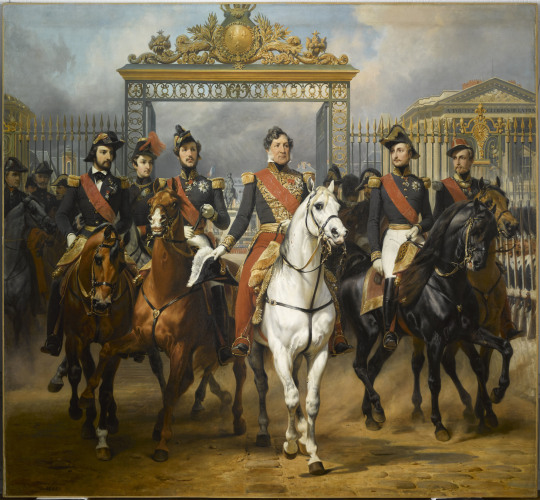
Louis Philippe and His Sons
Artist: Horace Vernet (French, 1789–1863)
Genre: History
Date: 1846
Medium: Oil on canvas
Collection: Palace of Versailles, Paris, France
Depicted People:
Louis Philippe I
Prince Ferdinand Philippe, Duke of Orléans
Prince Louis, Duke of Nemo
Prince Henri, Duke of Aumale
Prince Antoine, Duke of Montpensier
Description
Louis-Philippe and His Sons Riding Out from Versailles is an 1846 oil-on-canvas painting by the French artist Horace Vernet. It features a group portrait of Louis Philippe I and his sons riding out from the Palace of Versailles. Versailles, once the residence of the House of Bourbon during the Ancien régime before the French Revolution, had been abandoned for several decades. During the July Monarchy Louis Philippe oversaw its restoration as a national museum. Vernet's painting commemorates its inauguration on 10 June 1837. The king rides out through the gates accompanied by his five sons the Duke of Orléans, the Duke of Nemours, the Prince of Joinville, the Duke of Aumale and the Duke of Montpensier. Orléans, the king's eldest son and heir, had subsequently died in a carriage accident in 1842.
The painting was commissioned by the king to hang in Versailles, where it remains.
#painting#history#louis philippe i#prince ferdinand philippe#prince louis#prince henri#prince antoine#french empire#french monarchy#french monarch#equestian#french history#oil on canvas#palace of versailles#france#horses#gate#uniform#horace vernet#french painter#french art#french culture#artwork#oil painting#19th century painting#father and sons#house of bourbon
27 notes
·
View notes
Text
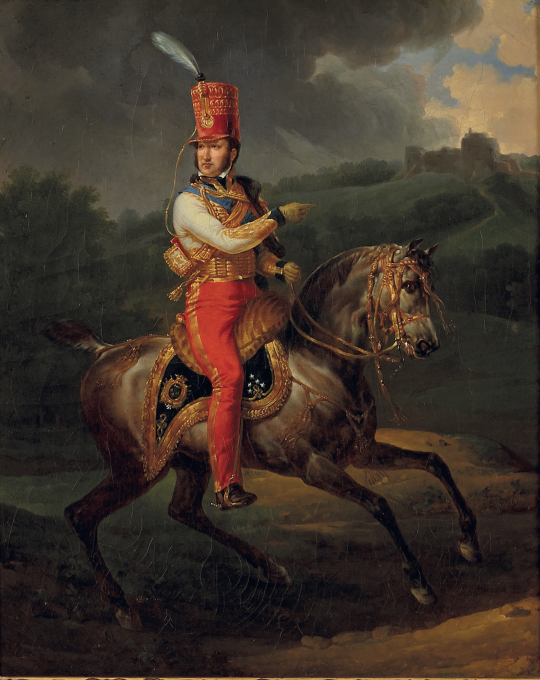
Equestrian portrait of Louis-Philippe I (1773-1850). By Horace Vernet.
#equestrian portrait#royaume de france#horace vernet#maison d'orléans#bourbon orleans#louis philippe i#duc d'orléans#roi de france#vive le roi
10 notes
·
View notes
Text

King Louis-Philippe Escorted by His Sons Leaving Versailles on June 10, 1837 by Horace Vernet, 1846.
#classic art#painting#horace vernet#french artist#19th century#romanticism#history#modern period#louis philippe i#men#horses#gate
28 notes
·
View notes
Text
In this chapter, we encounter THAT famously long sentence spanning 760 words in original. Truly impressive.
We have already encountered Louis Philippe in the gamin digression, where he was portrayed as a pleasant and self-ironic man whose only flaw was his status as king. Hugo's perspective on him remains consistent. Although the 1830 Revolution didn't result in a Republic, it did bring forth a decent man as king. Given Hugo's critical stance towards monarchy, it's rather peculiar that he invests effort in highlighting Louis Philippe's humility, modesty, and unroyal demeanour. Probably, part of Louis Philippe's appeal to the French population was his experience, having endured exile with its attendant challenges — financial loss, loss of status, and his entire family needing to earn their livelihoods. He also possessed a revolutionary past, having been a member of the Jacobins' club and personally knowing Mirabeau and Danton.
Though not explicitly mentioned in the text, it's worth noting a point in Louis Philippe's later biography that parallels Hugo's own experiences — spending the last years of his life in exile in Great Britain. I suspect that Louis Philippe's futile fight to abolish the death penalty was also a point of resonance for Hugo. “One day, he said to the same witness to whom we have recently referred: “I won seven last night.” During the early years of his reign, the death penalty was as good as abolished, and the erection of a scaffold was a violence committed against the King. The Grève having disappeared with the elder branch, a bourgeois place of execution was instituted under the name of the Barrière-Saint-Jacques; “practical men” felt the necessity of a quasi-legitimate guillotine.”
However, at times, Hugo tends to exaggerate Louis Philippe's accomplishments, such as in the case of press freedom: “While he reigned the press was free, the tribune was free, conscience and speech were free.” Well, to some extent… No outright censorship was enforced, but a 1830 law of libel functioned as a form of censorship.
23 notes
·
View notes
Note
i heard lafayette got drawn by his daughter or smth? it was like him laying on the couch, do you think you have that?
Dear Anon,
La Fayette’s daughter Anastasie had indeed quite a gift for painting and sketching. Most famous is probably her Le geôlier de la prison d'Olmütz - a sketch of one of the family's prison guards at Olmütz.

Christie’s - LOT 161 - Le geôlier de la prison d'Olmütz by Anastasie de La Fayette (07/21/2023).
I am not aware of any sketch by her that depicts La Fayette laying on a sofa. The only such piece that comes to my mind is this one:

Le Cauchemar is a political caricature published on February 23, 1832, as a response to the changing relationship between La Fayette and Louis Philippe I. It was done by Honoré Daumier, not Anastasie and based on the painting The Nightmare by Henry Fuseli from 1781.
Do you have any further detail on this drawing? A time period when the sketch was made for example or some more context? For right now, I do not know what sketch/painting of La Fayette you are referring to but maybe someone reading this has more information than I do. :-)
I am sorry that I was not able to help you but I hope you have/had a great day!
#ask me anything#anon#marquis de lafayette#la fayette#french history#art#anastasie de la fayette#the nightmare#1781#henry fuseli#1832#olmütz#history#french revolution#christie's#honoré daumier#louis philippe i
13 notes
·
View notes
Text
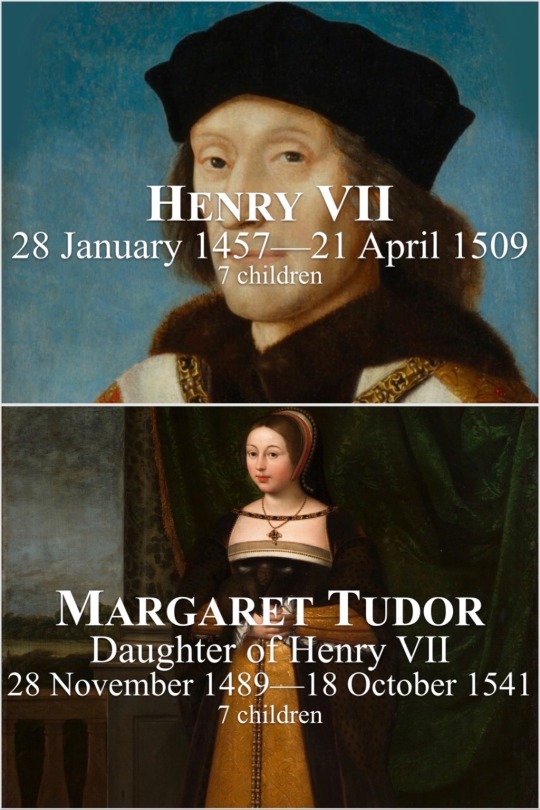




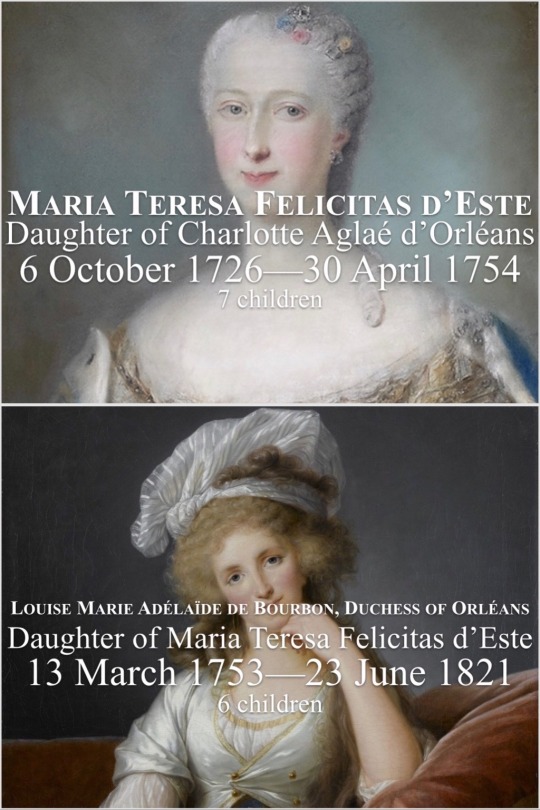
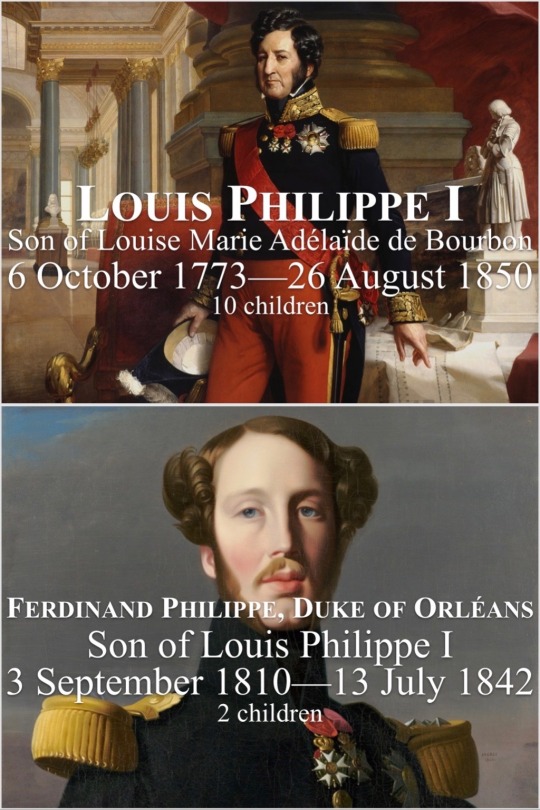
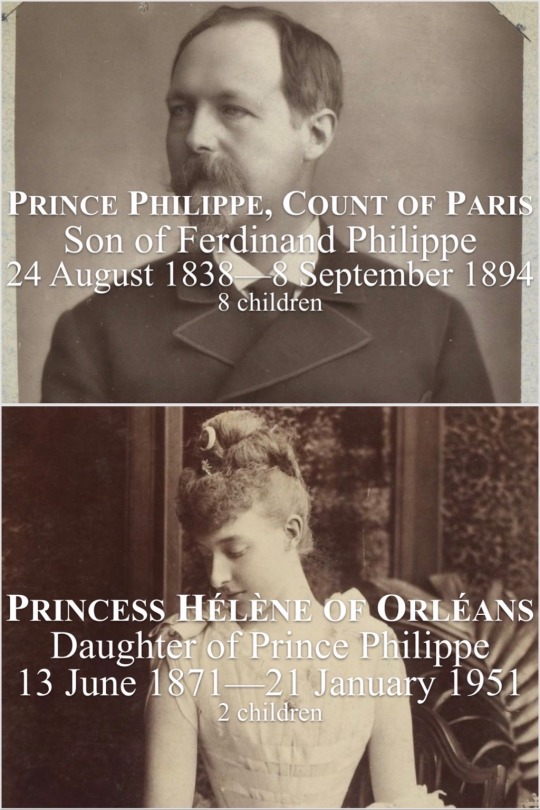
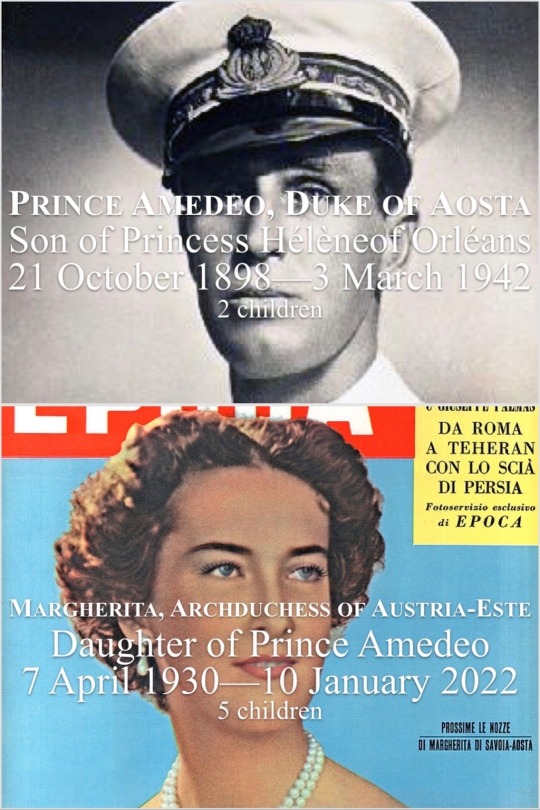
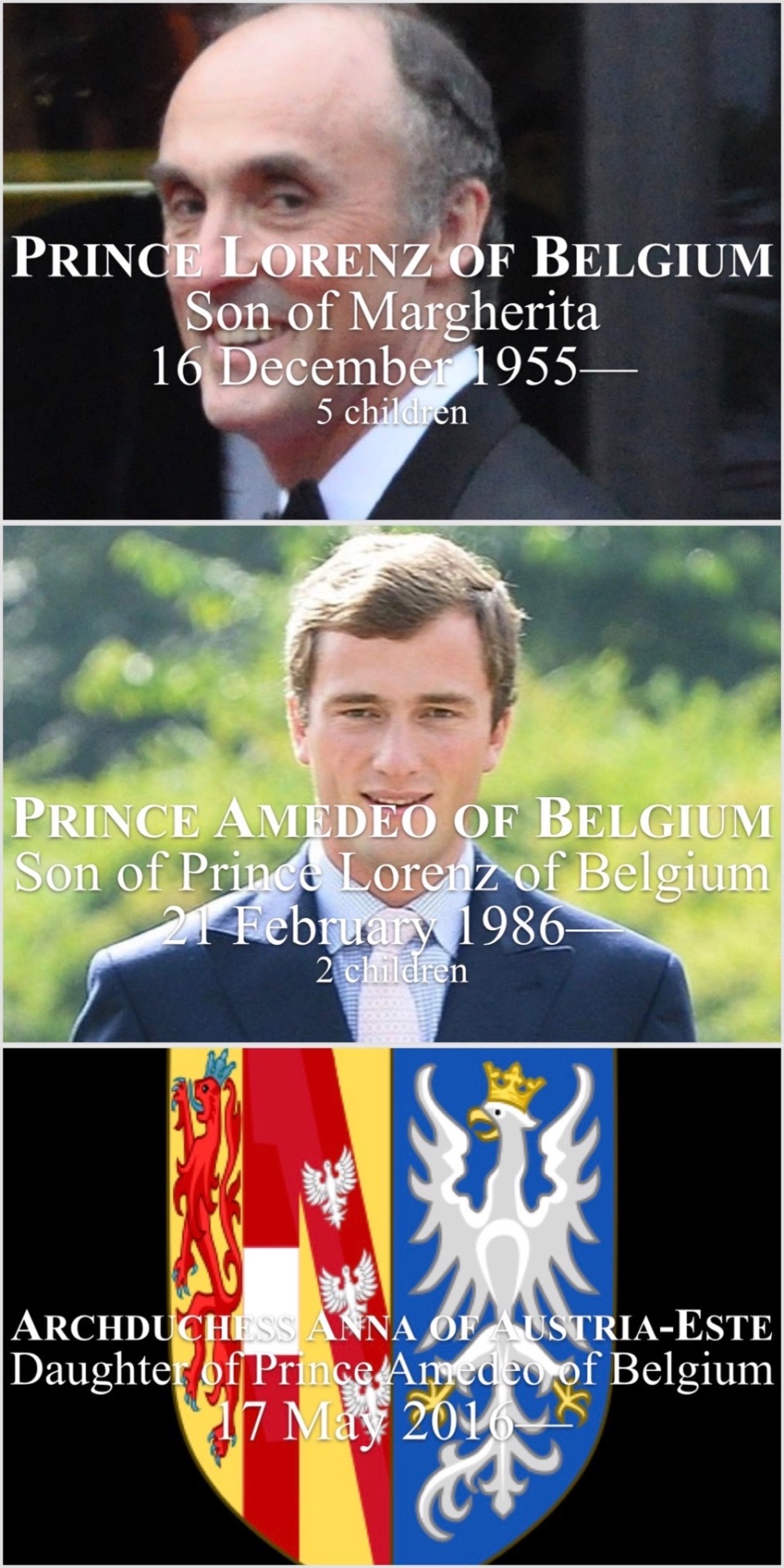
Descendants of the Tudors
#descendants of the tudors#henry vii#margaret tudor#james v#mary queen of scots#james vi and i#elizabeth stuart#charles i louis#elizabeth charlotte madame palatine#philippe ii duke of orléans#charlotte aglaé d’orléans#maria teresa felicitas d’este#louise marie adélaïde de bourbon#louis philippe i#ferdinand philippe duke of orléans#prince philippe count of paris#princess hélène of orléans#prince amedeo duke of aosta#margherita archduchess of austria este#prince lorenz#prince amedeo
8 notes
·
View notes
Text
Louis Philippe I vs Charles X (It's King vs King.) During the July Revolution.
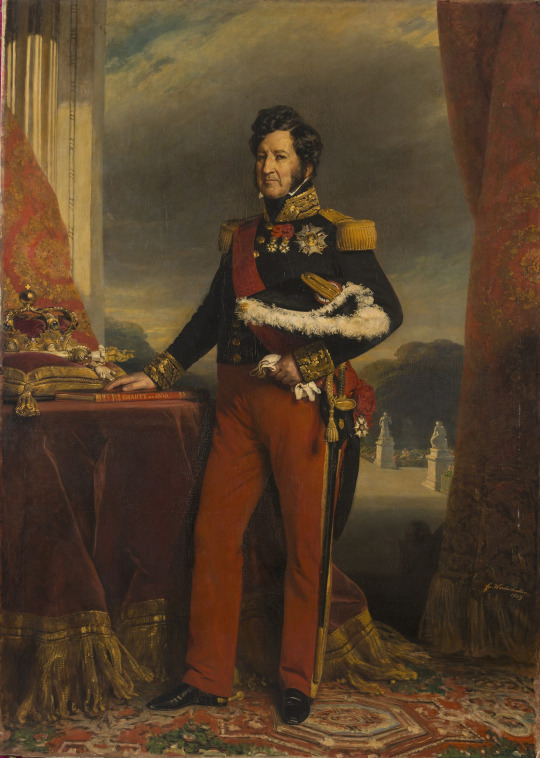
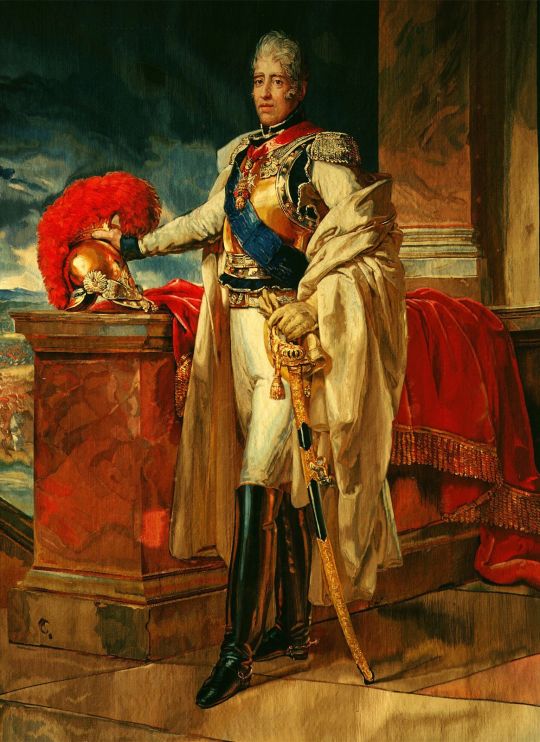
This is a revolution between Kings. First one is Louis Philippe I, and the Second one i is Charles X. The fight between the Kings of France.
#kingdom of france#July Revolution#July monarchy#Bourbon restoration#Charles X#Louis Philippe I#Revolutions of 1830#History#Historical#King#Kings
2 notes
·
View notes
Link
Louis Philippe I, nicknamed the Citizen King, was King of the French from 1830 to 1848, and the penultimate monarch of France. As Louis Philippe, Duke of Chartr...
Link: Louis Philippe I
0 notes
Text
Infernal Human Machine
A body horror film about the attempted assassination of Louis Philippe I of France by Giuseppe Marco Fieschi. Fieschi is paid by his co-conspirators to built a gun array to fire a volley at the King during a parade, instead Fieschi figures out how to surgically modify himself into a living weapon, so that he can fire projectiles out of barrels he implants into his arms.
#bad idea#movie pitch#pitch and moan#horror#body horror#history#assassination#louis philippe i#louis-philippe i#france#king#infernal machine
0 notes
Text
"that you could be so cruel" ok correct me if i'm wrong but does penelope featherington not run a gossip rag that exist solely to publish unsubstantiated rumors about women she doesn't like for various reasons that have profoundly negative repercussions on those women (didn't the publication of marina's pregnancy lead to marina almost dying in her quest to terminate said pregnancy??????) and has in fact used that same rag to put not just colin's entire family but also specifically colin's sister, her best friend, through a significant amount of grief and strife that came as a direct result of that rag?
but colin's the cruel one? because she happened to eavesdrop on a conversation where he said he doesn't wanna date her? that's cruelty but all the other stuff isn't?
#personal#bridgerton#anti penelope featherington#i'm gonna be honest i skim the absolute fuck out of this show whenever i force myself to watch it#but from what i remember that is literally what penelope does as lady whistledown#but yeah sure a guy who'd never shown any interest in her continuing to not show interest is the worst thing ever done to a human woman#like girl fix yourself!!!#it's you you're the problem!#(also typing that just led me to a horrible realization that at some low point for penelope in the show)#(we're gonna get a vitamin string quartet cover of antihero by taylor swift)#anyway eloise should be allowed to slap girlie across the face once an episode until she begs forgiveness#i'm only interested in that and if jonathan bailey's character has more sad scenes i can use in gifsets about louis philippe of france
503 notes
·
View notes
Text
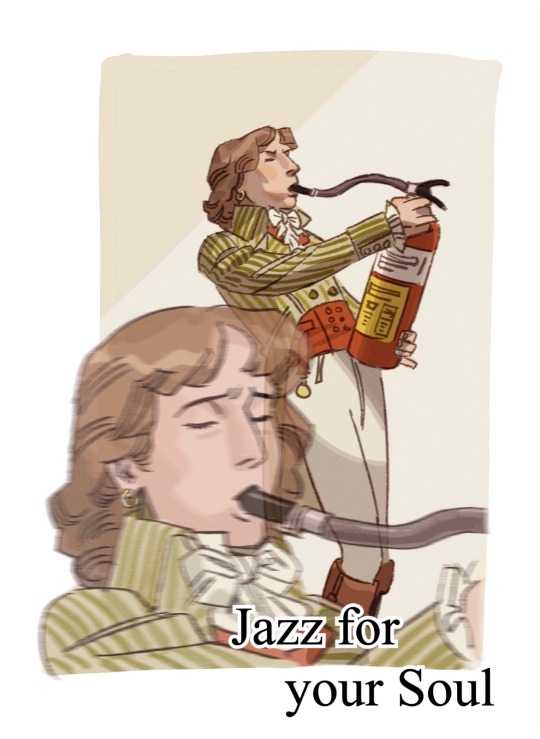



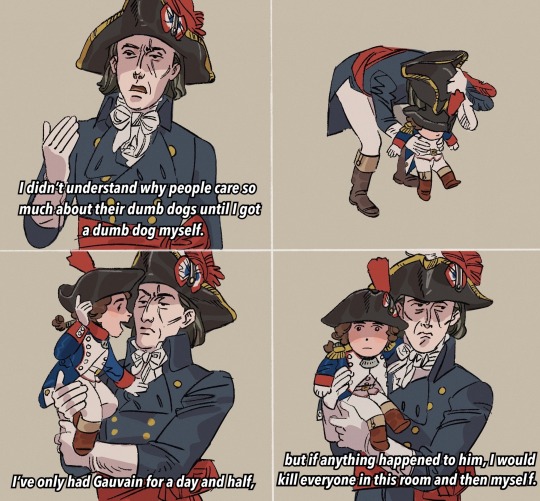
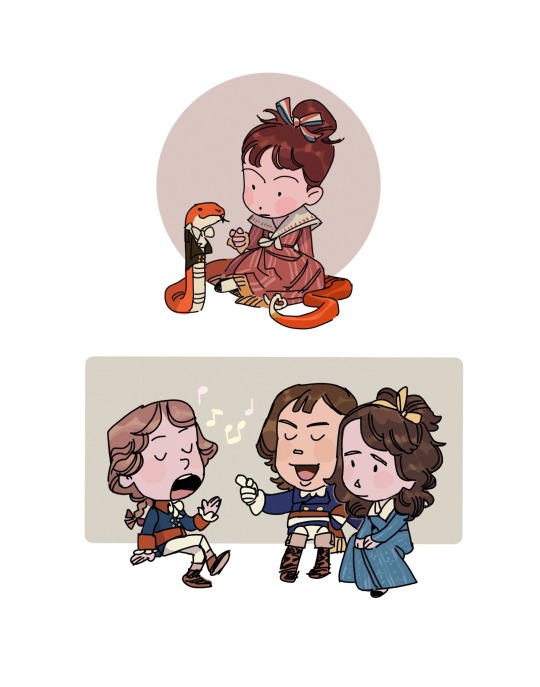
No context FRev and 93
#quatrevingt-treize#cimourdain#gauvain#frev#louis antoine de saint just#maximilien robespierre#charlotte robespierre#cheche the snake#élisabeth le bas#philippe le bas#I don’t know if the hair color is right I just love brunettes
361 notes
·
View notes
Text

Portrait of of Louis Philippe I
Artist: Franz Xaver Winterhalter (German, 1805–1873)
Title: Louis-Philippe I, King of the French (1773–1850)
Genre: Portrait
Date: 1841
Medium: Oil on Canvas
Collection: Department of Paintings of the Louvre
#portrait#louis philippe I#german painter#franz xaver winterhalter#palace#chair#drapery#pillars#king of the french#french king#french royals#french culture
4 notes
·
View notes
Text

Portrait of Louis Philippe I (1725-1785), Duke of Orleans. By Alexander Roslin.
#alexander roslin#alexandre roslin#royaume de france#maison de bourbon#louis philippe I#duc d'Orléans#bourbon orleans#Nationalmuseum Stockholm#art#portrait#duke of orleans#kingdom of france
2 notes
·
View notes
Text
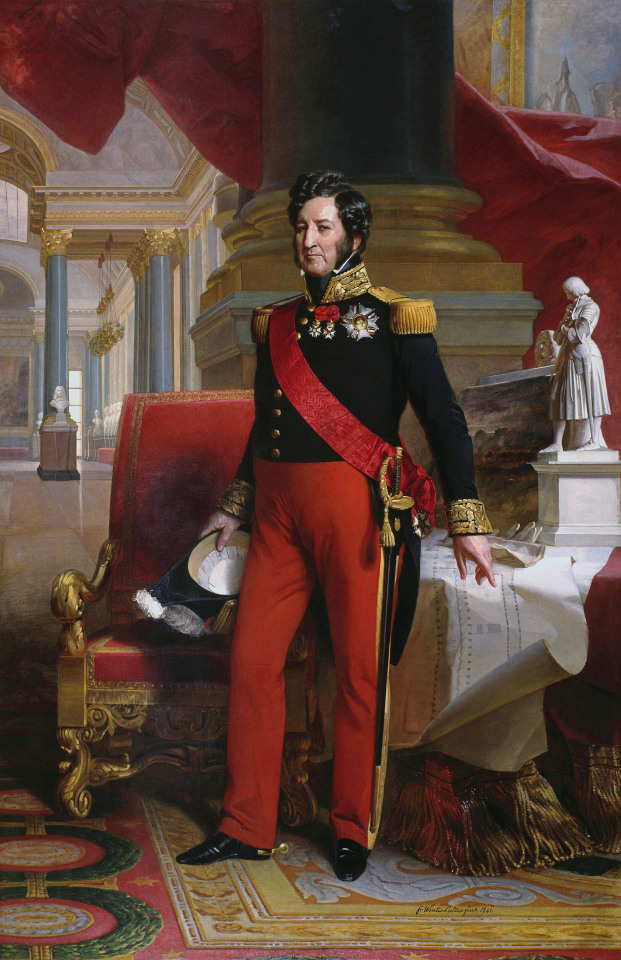
Louis Philippe, King of the French by Franz Xaver Winterhalter, 1841.
#classic art#painting#franz xaver winterhalter#german artist#19th century#portrait#male portrait#indoor portrait#louis philippe i#king#house of orleans#fashion#palatial interior#chair#columns
10 notes
·
View notes
Text
Before focusing on the events surrounding one barricade, Hugo allows his readers to grasp the scale of the entire revolt. There were a great number of such barricades scattered all over Paris, in its various parts. It feels like taking a flight over the city and then abruptly plunging into this or that quarter.
The topic of arms and munition seems to be the most crucial. Just imagine: some people break into your house, confiscate all the arms if you have any, or they simply use your windows for firing. And such occurrences, along with the construction of barricades, were simultaneously unfolding on both banks of the Seine, in a third of Paris.
We even catch a glimpse of Hugo himself being caught between “the two fires”: for half an hour, poor Victor was hiding from the bullets behind two half-columns.
In the face-off with the National and Municipal Guards, the rioters transform the centre of Paris into a “colossal citadel.” More and more legions converge on the centre.
Hugo concludes this epic depiction with a scene of the tranquil Tuileries and finally zooms in on the solitary figure of Louis Philippe, who appears “perfectly serene.” The structure and dramaturgy of this chapter are impeccable! And very cinematic. I like when Hugo does this.
14 notes
·
View notes
Text
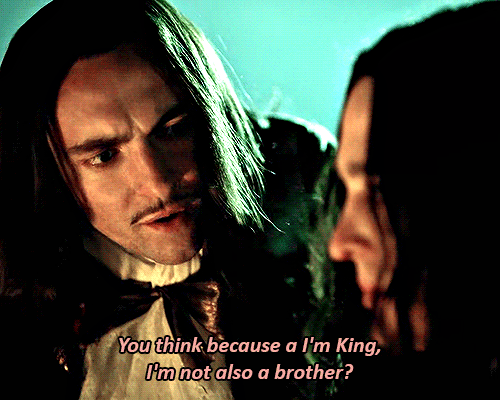

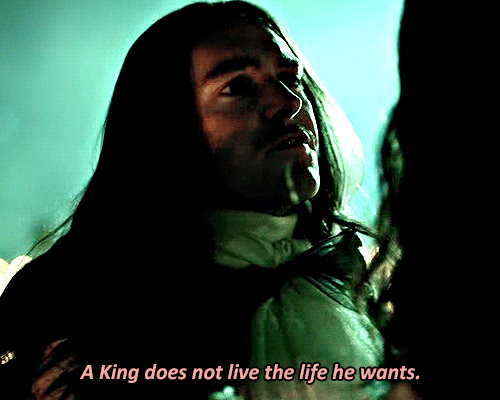
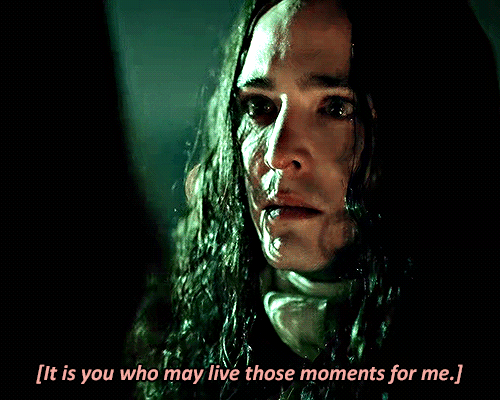
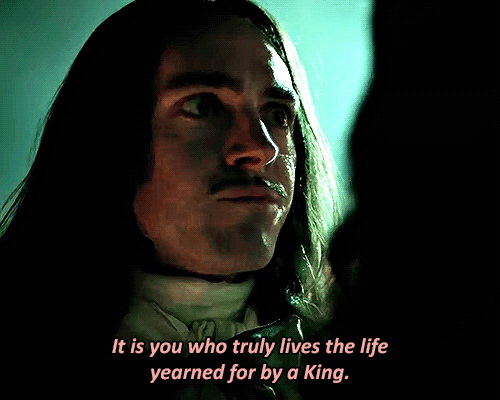
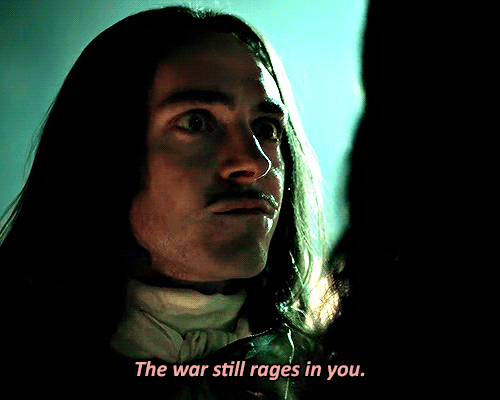
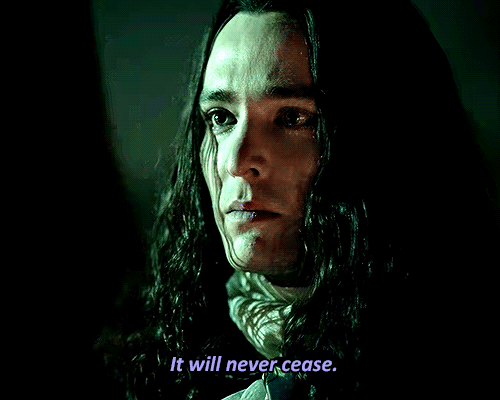
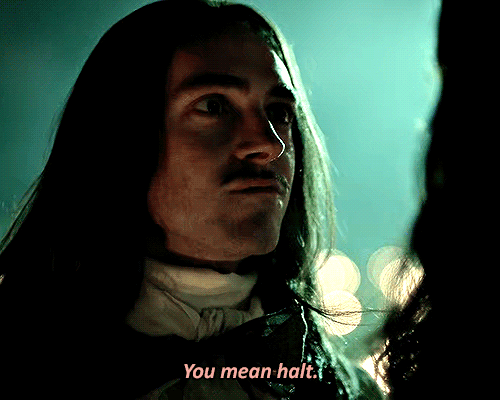



"On the field, I saw a man, young like we were. He carried his brother in a sack over his shoulder. He told me he had promised their mother to take him home. Would you do that for me? I would, but you? I do not know."
#i thought about this show yesterday and while i think the script and acting are bad...it's somewhat entertaining to watch idk#it's just drama after drama...although this scene is actually great though...#versaillesedit#versailles#philippe d'orléans#periodedit#periodedits#perioddramaedit#cinemapix#tvarchive#tvedit#perioddramacentral#alex vlahos#george blagden#louis xiv#dailytvfilmgifs#tvfilmcentral#userstream#tvfilmdaily#by jen
170 notes
·
View notes